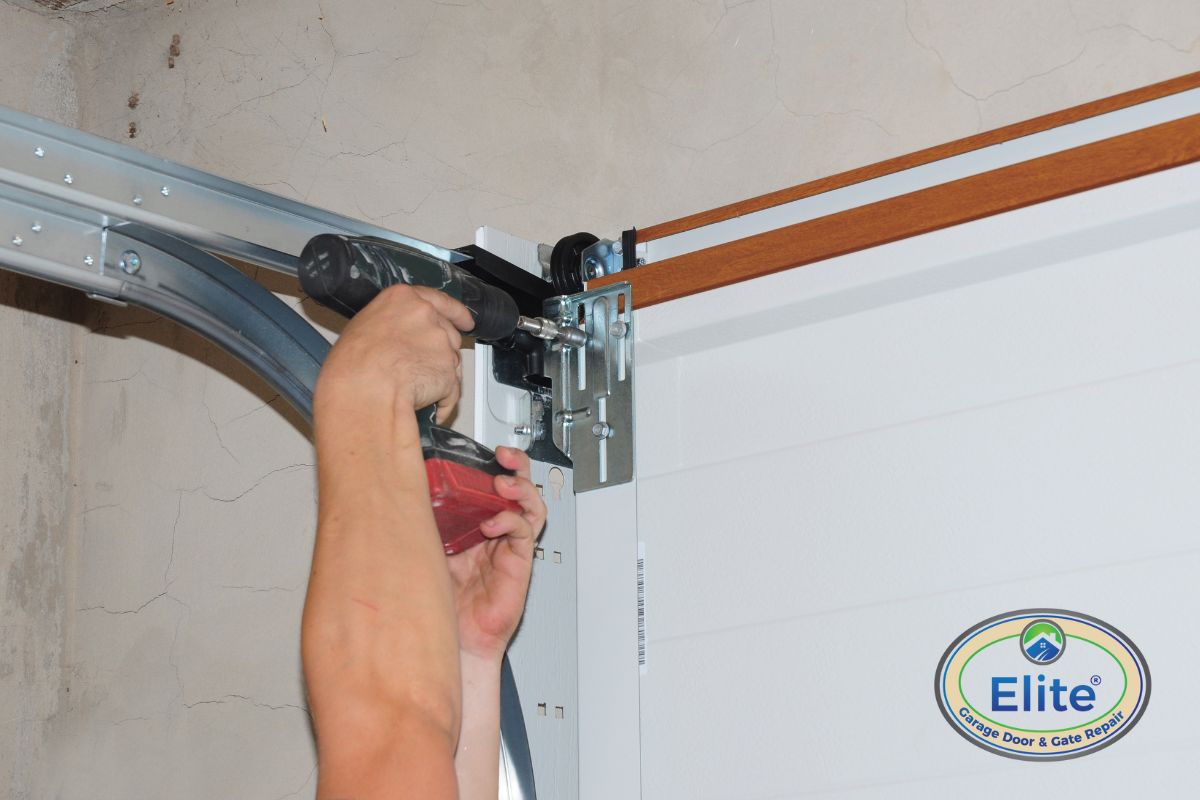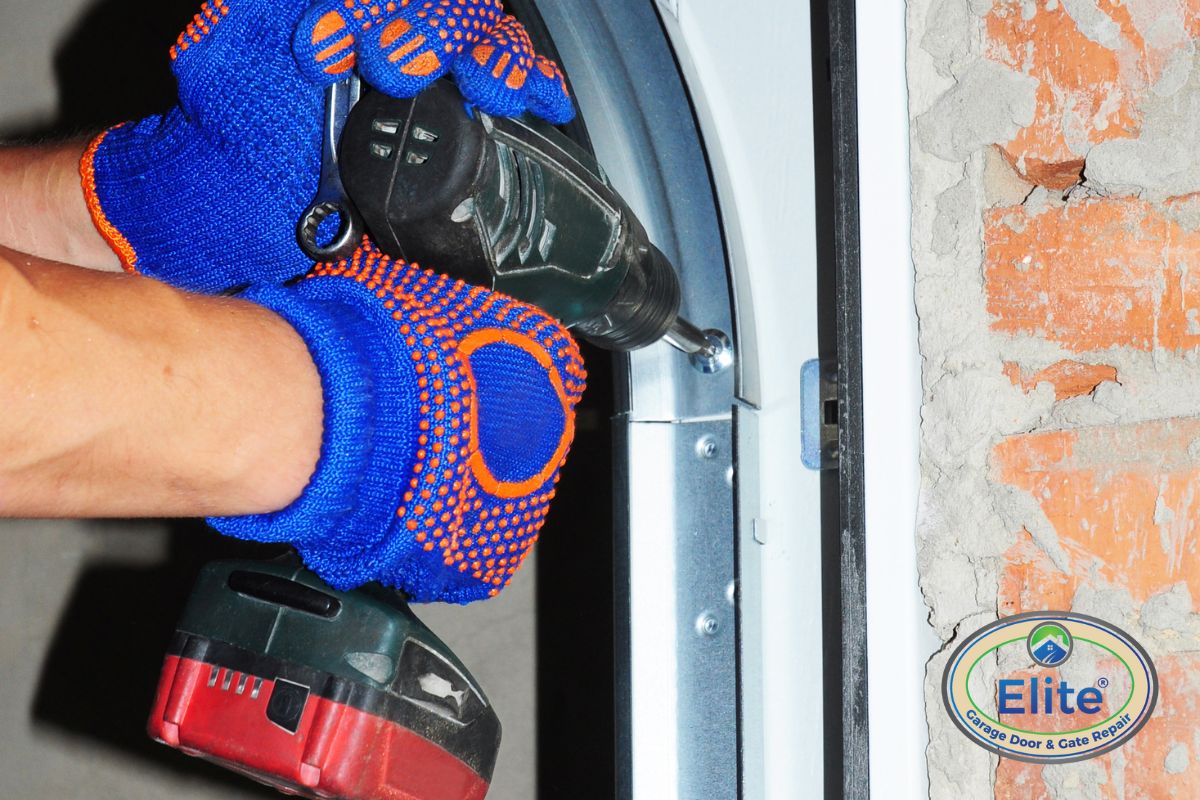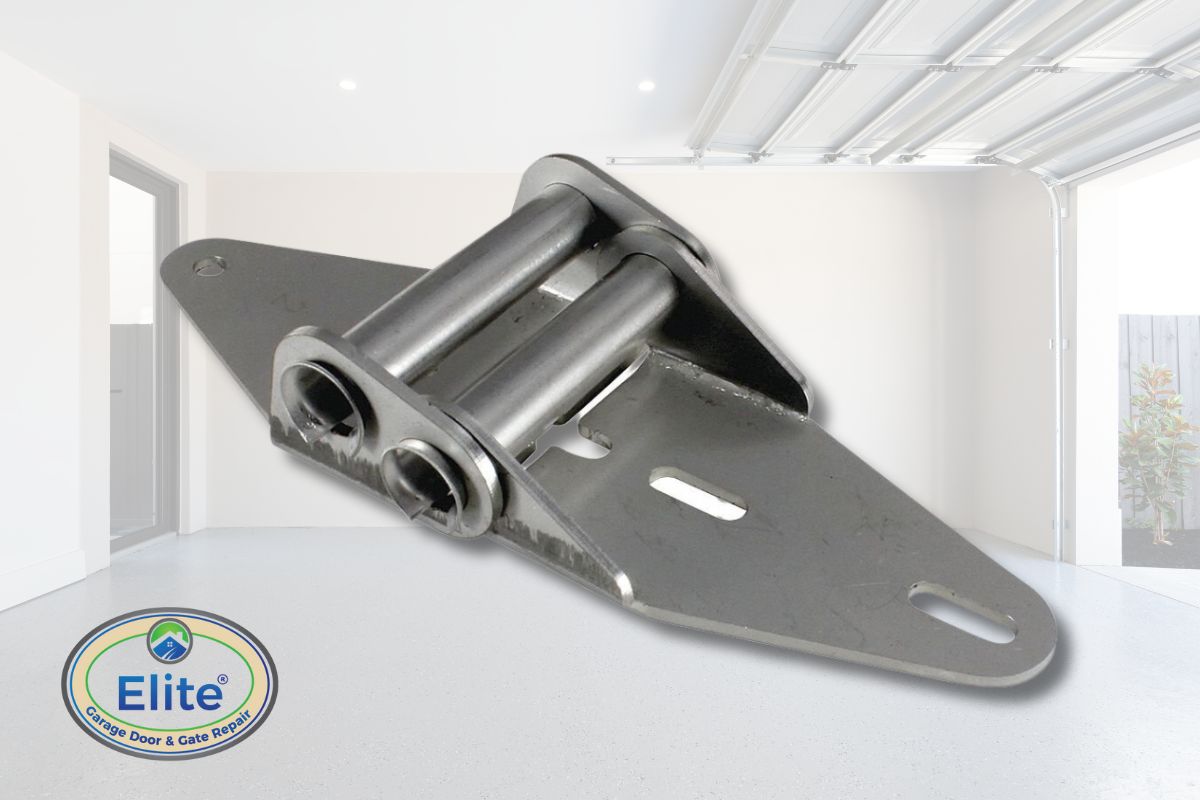Small and easy to overlook, the hinges on your garage door are crucial, ensuring that your garage door opens and closes properly and eliminating any swaying. If the hinges on your garage door begin to deteriorate, it may be hard to open the door securely.
Table of Contents
The Basics Of Garage Door Hinges
During opening and closing, the panels of your garage door will be bent slightly due to the flexibility provided by the hinge. Different garage doors have distinct hinge types, and they are all different in form and function.
1. The end hinges of a garage door are numbered by their position on the door’s frame. It’s done from the bottom up, starting at the bottom. For example, the first hinge is a #1, and the second is a #2. All of the center hinges of them are #1 hinges.
2. The number of each hinge should be etched onto its surface. You must use the correct replacement component to ensure that your garage door opens and closes properly. If you don’t, you may wind up with a door with an incorrectly spaced side panel.
3. Over time, hinges may begin to fail. They are susceptible to breaking or loosening their screws. You should immediately cease operating your garage door if you notice any issues.

The Basics Of Garage Door Hinges
Garage Door Hinges: How To Tell If They Are Worn Out?
The hinges of your garage door are subjected to considerable stress, weight, and strain as the door opens and closes. Garage door hinges are susceptible to wear or breakage due to various factors, including a vehicle, hit, or poor maintenance.
1. If you hear a squeaking noise when you open or close the door, see if any screws are missing or loose, and check the roller shafts to see if they may move side to side or if the hinge itself is bent in any way. Because of the resulting drag, the door and opener need to be replaced sooner.
You should replace your hinge more quickly as you see that it’s beginning to wear out or if it has already broken.
2. It would help if you always relied on a Professional Garage Door Company for repairs and maintenance. You don’t have to worry about being hurt since they have all the equipment and know-how you need.

Garage Door Hinges How To Tell If They Are Worn Out
Replace The Hinge (s)
Changing a garage door hinge is an easy process. However, pay close attention to the instructions to guarantee a job well done.
1. Locate the correct component
The dimensions and designs of garage door hinges vary widely. Thinner, 18-gauge hinges are standard on most garage doors. The hinges on your door may need to be replaced if they are weak and prone to wear and tear.
Please ensure the new hinge is compatible with your door before buying it. Garage door hinge replacements are available at your neighborhood hardware shop. The most excellent hinge alternatives may be found online, where you’ll get a more comprehensive selection and better costs.
2. Prepare the door
Move your garage door up after you’ve found the correct new hinge. Although it’s more challenging to get to the hinges this way, it’s the safest way to work on the door since the spring tension is so low.
After that, use clamps under the bottom rollers to keep the door in place and prevent it from moving while the problem is being repaired. The door may be stabilized using a board wedged beneath it if clamps are unavailable.
The power to the door opener should be disconnected while working on the door. The electric breaker or the outlet may be used to disconnect the motor.

Replace The Hinges
3. Replacing the hinge
Before going on to the next hinge, remove and replace each one. The garage door panels will move or sag less during installation if you do this.
Fasteners on each hinge are held in place by screws, so remove them. Then, tilt it outward so that the roller is no longer attached to the track vertically.
Remove the roller from the old hinge and connect it to the new one if you’re not replacing it. The roller should be lubricated with a light-duty lubricant.
4. Inspect the door
Double-check that the new hinge or hinges look aligned and hold the door panels firmly. Also, make sure the hinges are placed correctly by turning them over. Plug in the motor after removing the clamps or braces, keeping the door up.
As the last step, try the door to ensure it opens and closes smoothly. Use the emergency release cable to do this action manually. If the door isn’t moving correctly, unlike the motor, you may stop it from moving and prevent harm to the door.

Inspect the door
Bottom Line
The hinges on your garage door are essential to the door’s construction and functionality. They might become worn down over time because of the effort they put in while raising and lowering a garage door. Hinge repair may be necessary if your door produces unusual noises when opened and closed.


























Leave A Comment